Municipal wastewater treatment
TERMECA with a certain concentration in the treatment of municipal wastewater can destroy all living organisms such as bacteria, viruses, fungi, and even bacterial spores better than chlorine in the water treatment because it has no harmful side effects of chlorine. this solution turns into water and carbon dioxide.

The general purpose of urban wastewater treatment (sanitary and human wastewater treatment) is to remove pollutants in residential and commercial effluents, which leads to increasing the quality of wastewater and will not only have a great impact on environmental protection, brutal but also purify wastewater can used for washing, agriculture and horticulture.
The general stages of wastewater treatment are as follows:
First step: Garbage collection
One of the most important and main stages of urban wastewater treatment is the targeting of large suspended solids, which failure to pay attention to will ultimately lead to damage to various equipment such as pumps.
Second stage: seed collection
Garbage collectors are abundant solid materials with relatively large sizes, and particles and grains of sand easily pass through them. Due to the negative impact of these particles on the pump and other devices and sewage transmission lines, it is necessary to remove them through sedimentation ponds (which are designed and implemented in the sewage transmission route).
Third stage: sedimentation
For this purpose, sedimentation ponds or tanks are implemented, which give the particles time to settle on the bottom of the pool. After the settling of these particles, which are almost 70% of the suspended particles in the sewage, the sludge of the pool floor must be drained in different ways.
Fourth step: removal of biological materials
So far, all the steps have been taken to remove and suspend materials and particles, and they do not affectability on wastewater in terms of the number of microorganisms in it. In this stage, bacteria and microorganisms are destroyed by biological methods such as pathogens and substances. Among these methods, we can mention the activated sludge method, the activated sludge method with extensive aeration, and the aerobic sludge bed method.
Fifth step: chemical purification
The disinfection and disinfection process is an integral part of the wastewater treatment process because the treated wastewater is later released into the environment through local waterways and is used in industries, irrigation of fields, irrigation of urban trees, washing, etc.
Despite the removal of bacteria and microorganisms in the fourth stage, there are still various organic and inorganic pollutants such as detergents and agricultural toxins, minerals such as calcium and sodium may be present in the wastewater, which due to the negative effects on the environment, it is necessary before Exit from the treatment plant to be removed chemically. In this method, usually, the wastewater must be placed in tanks containing a mixture of chlorine and sodium hypochlorite for at least 20 to 25 minutes to be disinfected.
However, the chlorination system in urban wastewater treatment has many disadvantages, for example, the remaining chlorine as a result of combining with organic substances in water produces compounds called trihalomethanes, which most experts believe that washing the human body with water containing trihalomethanes It increases the probability of cancer and on the other hand, chlorine contact with human skin and hair can cause sensitivity, hair loss and other problems. Inhaling chlorine gas is harmful to human lungs.
Although chlorination kills the microorganisms in the water, the carcasses of these dead microorganisms remain in the water and can be the source of pollution. And most importantly, the remaining chlorine in the purified wastewater used in the irrigation of fields disrupts the balance of nutrients in the soil, burns the roots of plants leads to the death of crops and causes irreparable damage to farmers.
TERMECA with a certain concentration in the treatment of municipal wastewater can destroy all living organisms such as bacteria, viruses, fungi, and even bacterial spores better than chlorine in the water treatment because it has no harmful side effects of chlorine. this solution turns into water and carbon dioxide that is used for industrial, agricultural and even washing purposes after purification.
The general stages of wastewater treatment are as follows:
First step: Garbage collection
One of the most important and main stages of urban wastewater treatment is the targeting of large suspended solids, which failure to pay attention to will ultimately lead to damage to various equipment such as pumps.
Second stage: seed collection
Garbage collectors are abundant solid materials with relatively large sizes, and particles and grains of sand easily pass through them. Due to the negative impact of these particles on the pump and other devices and sewage transmission lines, it is necessary to remove them through sedimentation ponds (which are designed and implemented in the sewage transmission route).
Third stage: sedimentation
For this purpose, sedimentation ponds or tanks are implemented, which give the particles time to settle on the bottom of the pool. After the settling of these particles, which are almost 70% of the suspended particles in the sewage, the sludge of the pool floor must be drained in different ways.
Fourth step: removal of biological materials
So far, all the steps have been taken to remove and suspend materials and particles, and they do not affectability on wastewater in terms of the number of microorganisms in it. In this stage, bacteria and microorganisms are destroyed by biological methods such as pathogens and substances. Among these methods, we can mention the activated sludge method, the activated sludge method with extensive aeration, and the aerobic sludge bed method.
Fifth step: chemical purification
The disinfection and disinfection process is an integral part of the wastewater treatment process because the treated wastewater is later released into the environment through local waterways and is used in industries, irrigation of fields, irrigation of urban trees, washing, etc.
Despite the removal of bacteria and microorganisms in the fourth stage, there are still various organic and inorganic pollutants such as detergents and agricultural toxins, minerals such as calcium and sodium may be present in the wastewater, which due to the negative effects on the environment, it is necessary before Exit from the treatment plant to be removed chemically. In this method, usually, the wastewater must be placed in tanks containing a mixture of chlorine and sodium hypochlorite for at least 20 to 25 minutes to be disinfected.
However, the chlorination system in urban wastewater treatment has many disadvantages, for example, the remaining chlorine as a result of combining with organic substances in water produces compounds called trihalomethanes, which most experts believe that washing the human body with water containing trihalomethanes It increases the probability of cancer and on the other hand, chlorine contact with human skin and hair can cause sensitivity, hair loss and other problems. Inhaling chlorine gas is harmful to human lungs.
Although chlorination kills the microorganisms in the water, the carcasses of these dead microorganisms remain in the water and can be the source of pollution. And most importantly, the remaining chlorine in the purified wastewater used in the irrigation of fields disrupts the balance of nutrients in the soil, burns the roots of plants leads to the death of crops and causes irreparable damage to farmers.
TERMECA with a certain concentration in the treatment of municipal wastewater can destroy all living organisms such as bacteria, viruses, fungi, and even bacterial spores better than chlorine in the water treatment because it has no harmful side effects of chlorine. this solution turns into water and carbon dioxide that is used for industrial, agricultural and even washing purposes after purification.







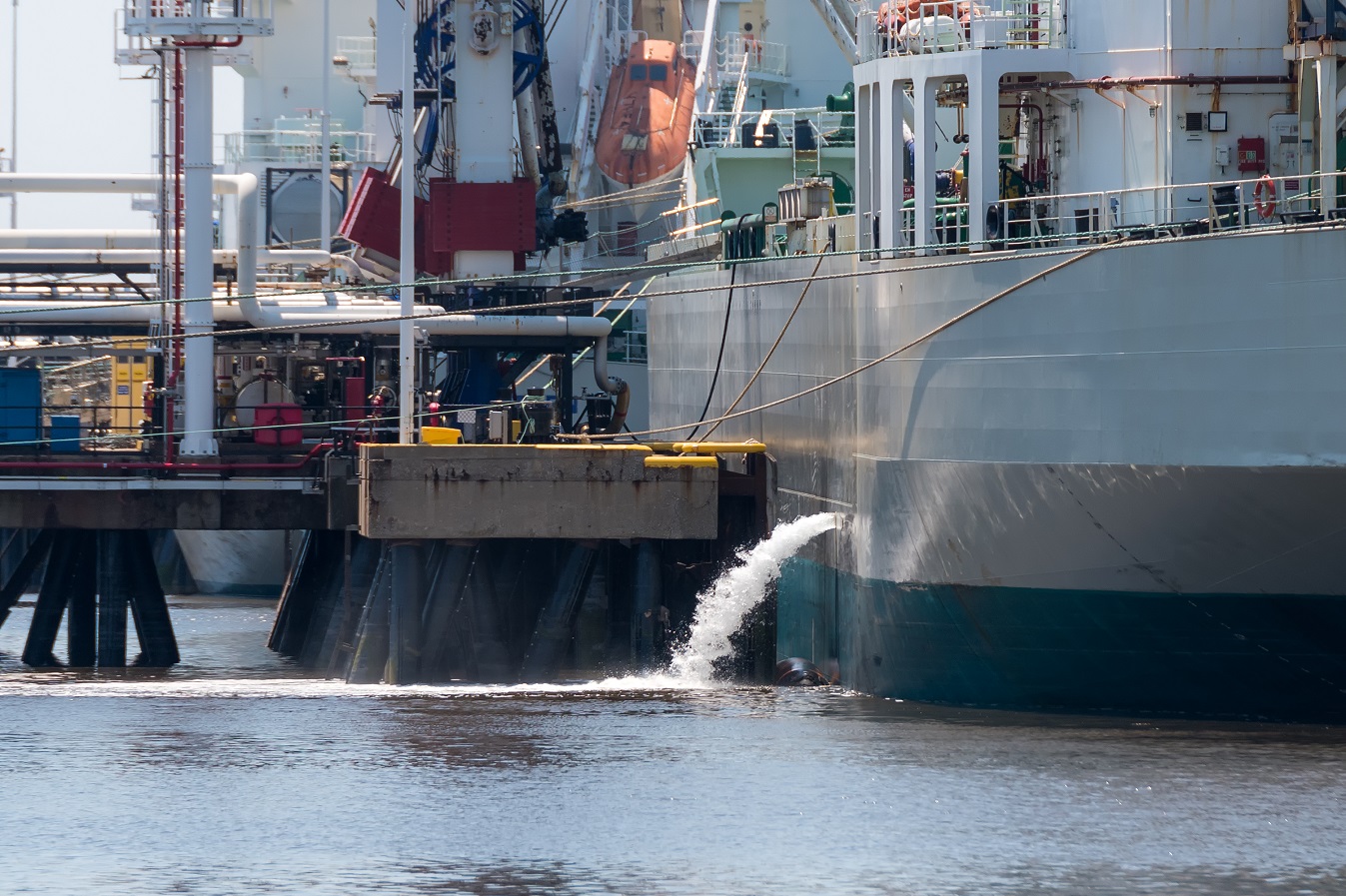

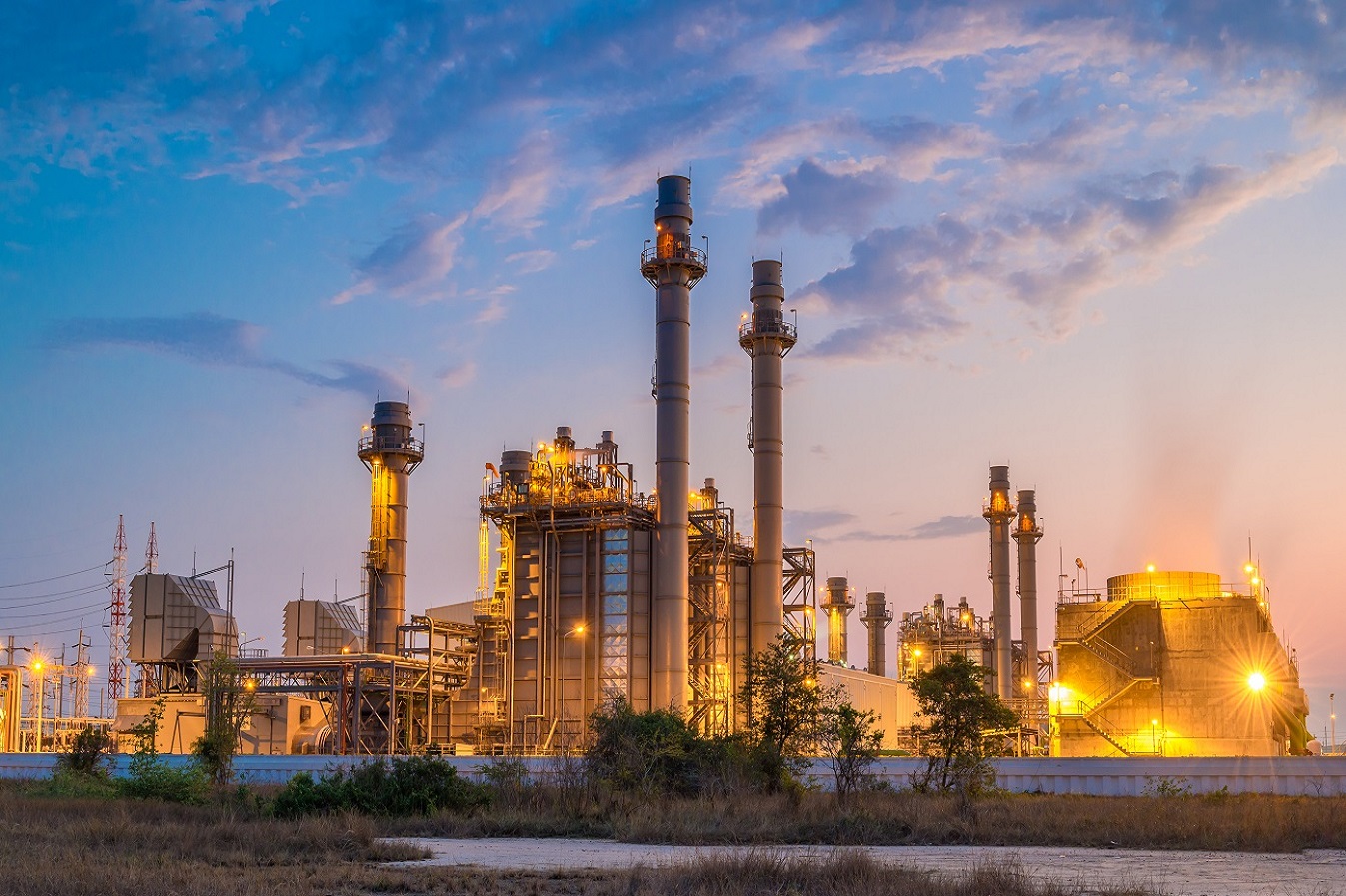
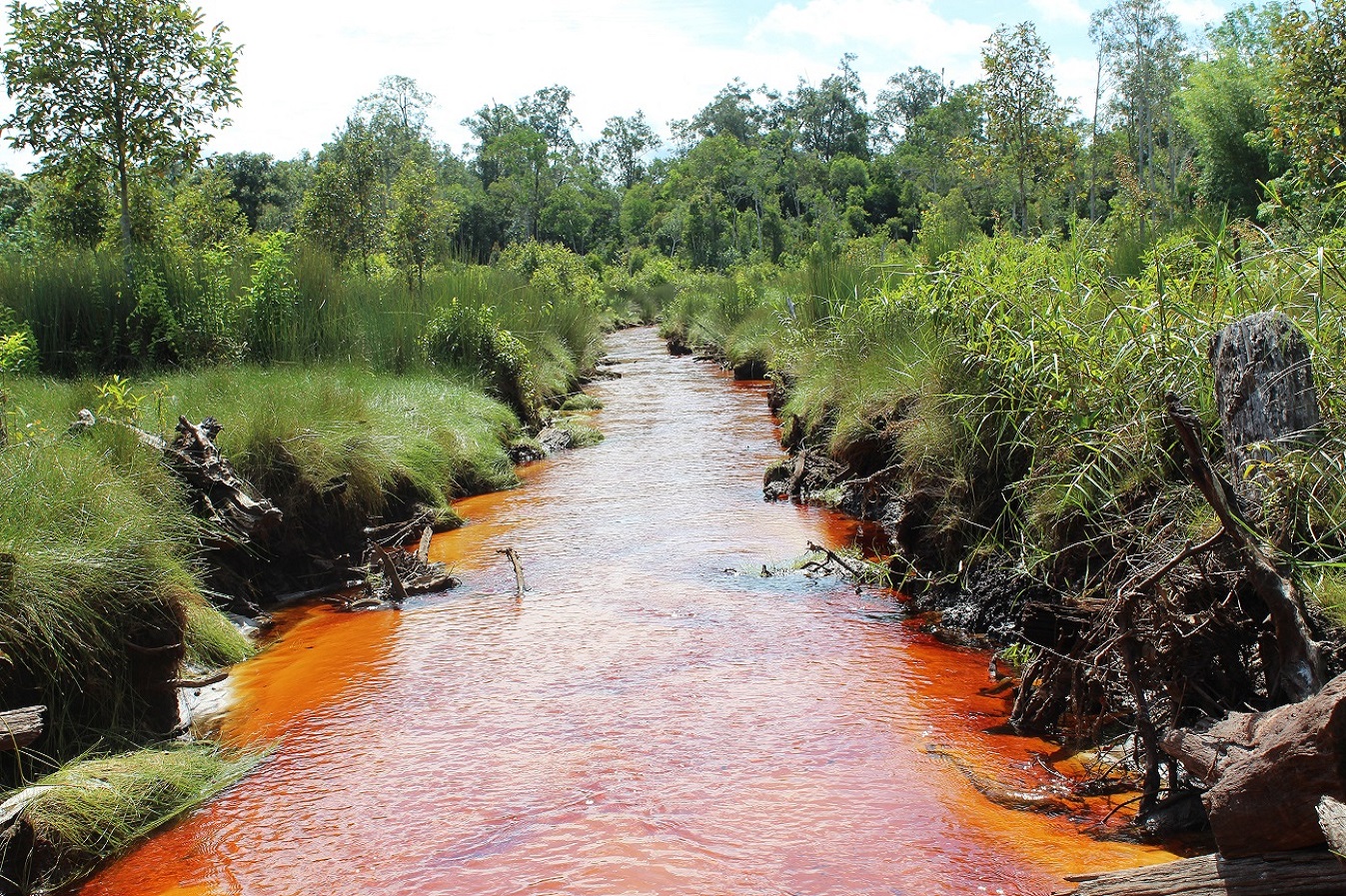






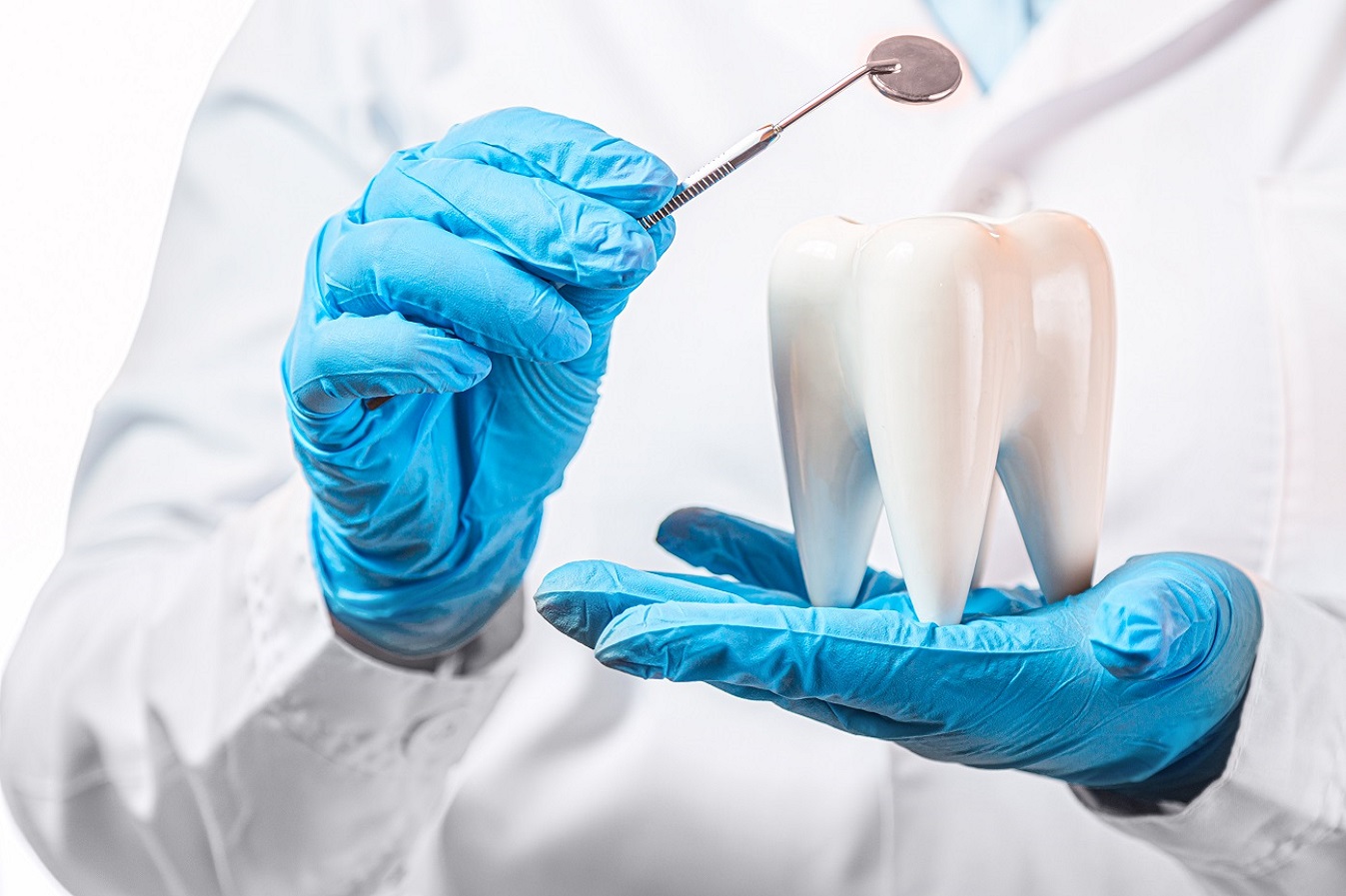



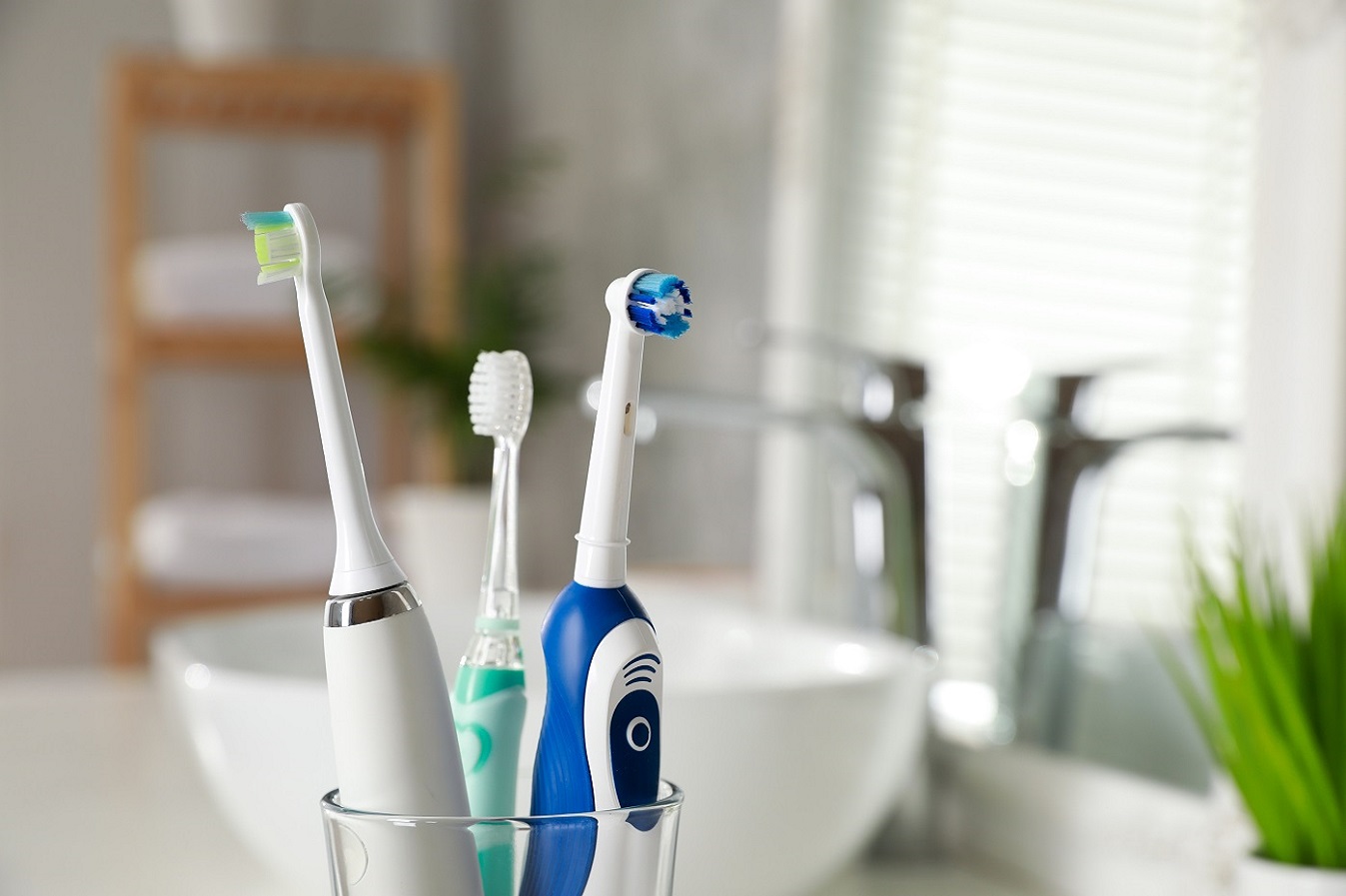
_1.jpg)